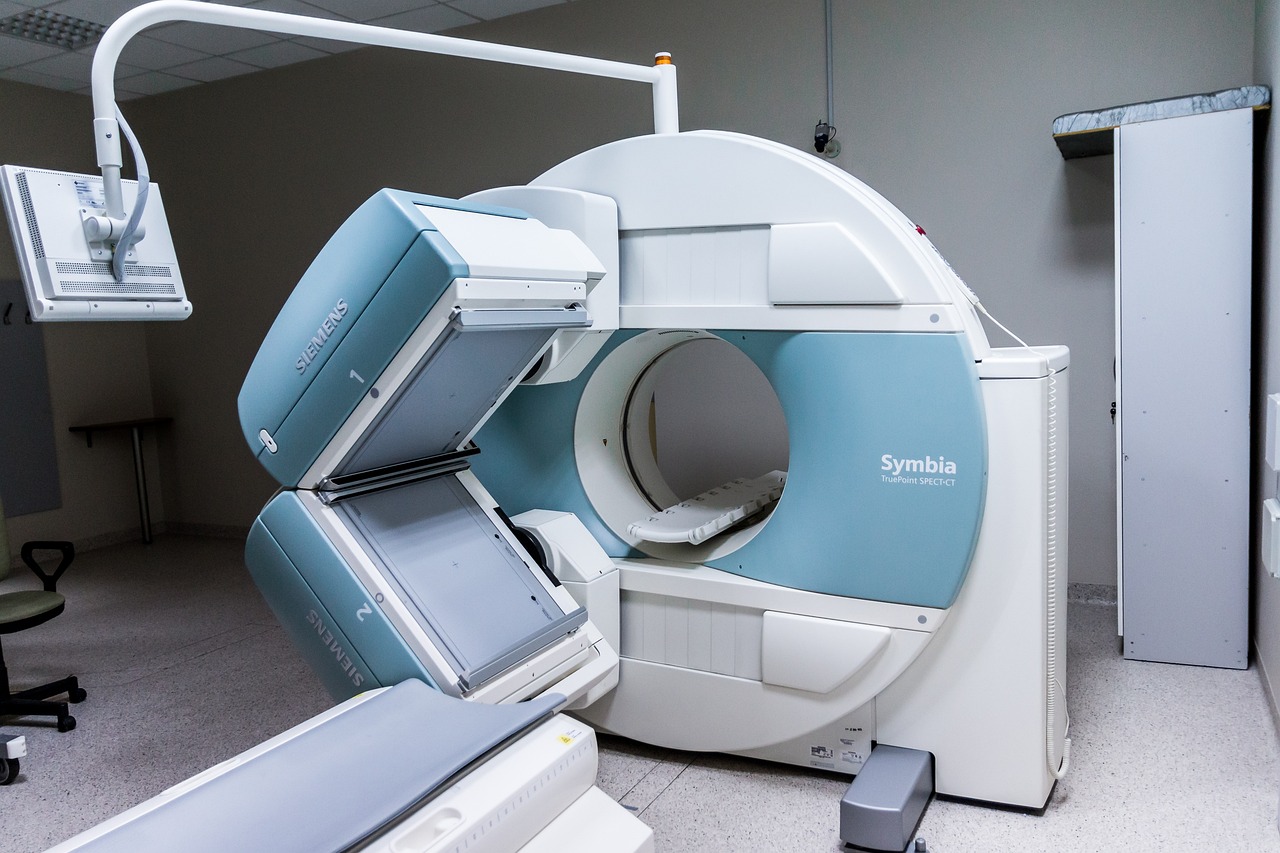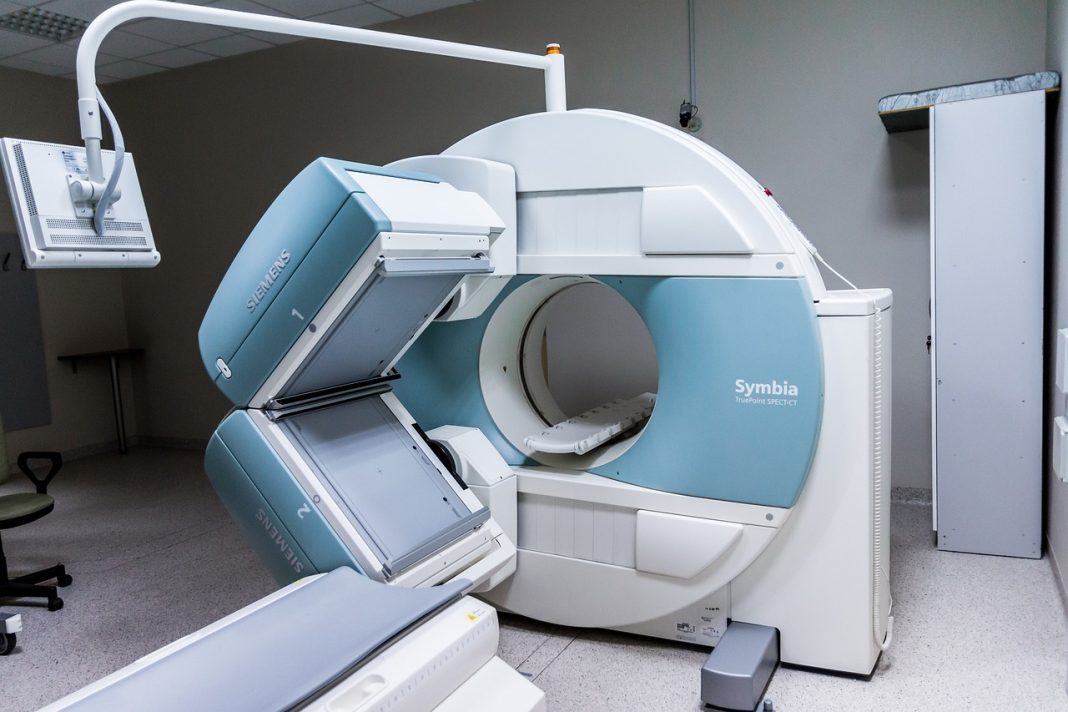
Chronic prostatitis is a common condition affecting men of all ages. It is characterized by inflammation of the prostate gland, which can cause a range of symptoms including pain, discomfort, and urinary difficulties. Treatment options for chronic prostatitis are varied and complex, and choosing the right approach can be challenging for both patients and healthcare providers. In this article, we will explore the different treatment choices available for chronic prostatitis and provide guidance on how to make informed decisions about the best course of action.
1. Understanding Chronic Prostatitis: Symptoms and Diagnosis
Chronic prostatitis is a condition that affects the prostate gland, a small gland located between the bladder and the penis in men. It is characterized by inflammation and swelling of the prostate, which can cause a range of symptoms. Some of the most common symptoms of chronic prostatitis include:
- Pain or discomfort in the penis, testicles, or lower back
- Painful or difficult urination
- Frequent urination, especially at night
- Blood in the urine or semen
- Erectile dysfunction
Diagnosing chronic prostatitis can be challenging, as there is no single test that can definitively confirm the condition. Instead, doctors typically rely on a combination of symptoms, medical history, and physical examination to make a diagnosis. In some cases, additional tests such as urine or blood tests, imaging studies, or prostate biopsies may be necessary to rule out other conditions or confirm the diagnosis of chronic prostatitis. If you are experiencing any of the symptoms of chronic prostatitis, it is important to see a doctor for an accurate diagnosis and appropriate treatment.
2. Exploring Treatment Options for Chronic Prostatitis
Chronic prostatitis is a condition that can cause a lot of discomfort and pain for men. There are several treatment options available that can help manage the symptoms and improve quality of life. Here are some of the most common treatment options:
- Antibiotics: Antibiotics are often prescribed for chronic prostatitis, as the condition can be caused by a bacterial infection. Your doctor may prescribe a course of antibiotics for several weeks or months to help clear up the infection.
- Pain medication: Pain medication, such as nonsteroidal anti-inflammatory drugs (NSAIDs), can help manage the pain associated with chronic prostatitis. Your doctor may also prescribe stronger pain medication if necessary.
- Alpha-blockers: Alpha-blockers are a type of medication that can help relax the muscles in the prostate and bladder, which can help relieve symptoms such as urinary urgency and frequency.
In addition to these treatment options, there are also lifestyle changes that can help manage chronic prostatitis symptoms. These include:
- Dietary changes: Some men find that certain foods can trigger their symptoms. Keeping a food diary and avoiding trigger foods can help reduce symptoms.
- Exercise: Regular exercise can help improve overall health and reduce stress, which can help manage chronic prostatitis symptoms.
- Stress management: Stress can exacerbate chronic prostatitis symptoms. Learning stress management techniques such as deep breathing, meditation, or yoga can help reduce stress and manage symptoms.
3. Decoding the Best Treatment Choice for Chronic Prostatitis: A Comprehensive Guide
Chronic prostatitis is a condition that affects a significant number of men worldwide. It is characterized by inflammation of the prostate gland, which can cause pain, discomfort, and difficulty urinating. While there is no cure for chronic prostatitis, there are several treatment options available that can help manage its symptoms and improve quality of life.
The best treatment choice for chronic prostatitis depends on the severity of the condition, as well as the individual’s overall health and medical history. Some of the most common treatment options include:
- Antibiotics: Antibiotics are often prescribed to treat chronic prostatitis, as they can help eliminate any bacterial infections that may be causing the inflammation. However, antibiotics may not be effective in all cases, and overuse can lead to antibiotic resistance.
- Alpha-blockers: Alpha-blockers are medications that can help relax the muscles in the prostate gland and bladder neck, making it easier to urinate. They can be particularly helpful for individuals with urinary symptoms.
- Pain relievers: Over-the-counter pain relievers such as ibuprofen or acetaminophen can help alleviate pain and discomfort associated with chronic prostatitis.
- Physical therapy: Pelvic floor physical therapy can help strengthen the muscles in the pelvic area, reducing pain and discomfort associated with chronic prostatitis.
In addition to these treatment options, lifestyle changes such as stress management, regular exercise, and a healthy diet can also help manage symptoms of chronic prostatitis. It is important to work closely with a healthcare provider to determine the best treatment plan for your individual needs and to monitor your symptoms over time. With the right treatment and management strategies, individuals with chronic prostatitis can lead healthy, fulfilling lives. In conclusion, chronic prostatitis is a complex and challenging condition that requires a comprehensive and personalized approach to treatment. While there is no one-size-fits-all solution, understanding the available treatment options and working closely with your healthcare provider can help you find relief from your symptoms and improve your quality of life. From lifestyle modifications and physical therapy to medications and minimally invasive procedures, there are a variety of treatment choices available for chronic prostatitis. By decoding these options and making informed decisions, you can take control of your health and find the best path forward.








